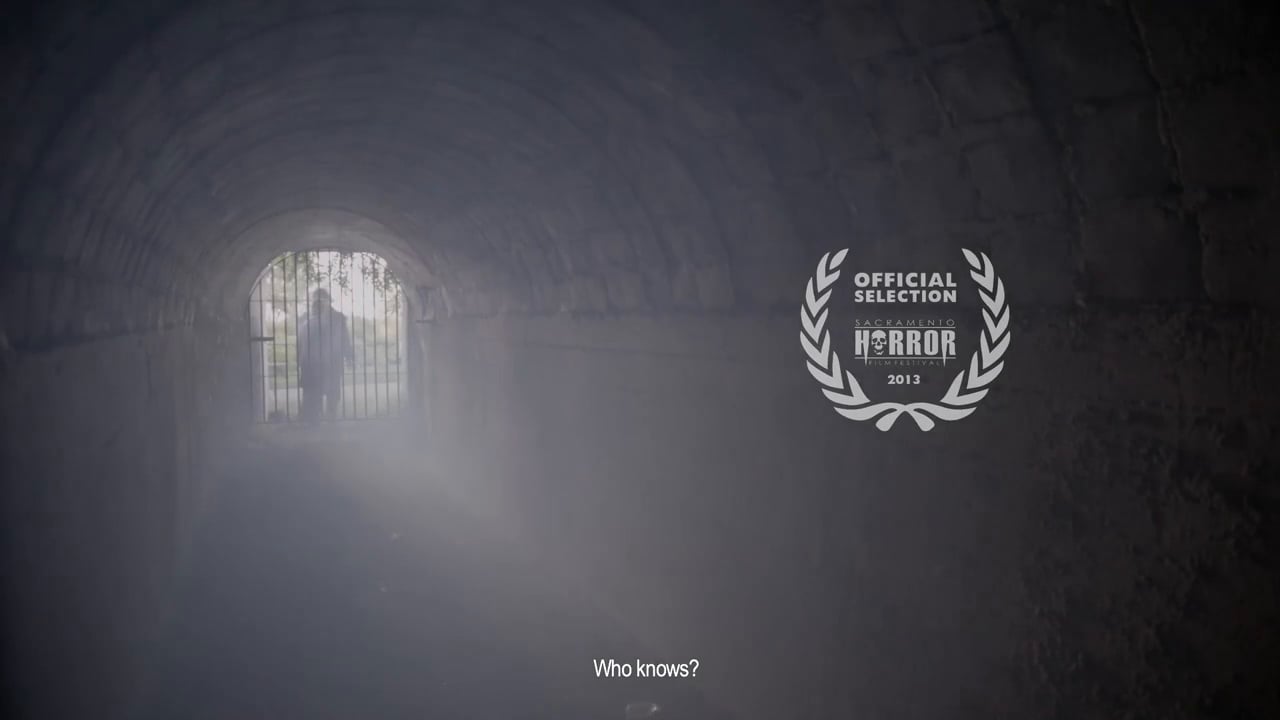Almost every adolescent goes through a period where he or she feels unloved, unwanted or unworthy – up to a point where this might result in complete isolation, mental and sometimes even physical self-destruction. Only by acknowledging what makes you human – that you are worthy even when everyone tells you otherwise – there is a chance to break free from this downward spiral of self-destruction that would only go deeper and deeper.
Directors Statement
The project IL VELO DI GILA that includes this short film (together with a graphic novel, several educational workshops and a possible theatrical adaptation) was initiated by three Italian authors: Savino Napoleone, Raffaele Ferrante and Nicolò Santovito. The project addresses and explores the difficulties and psychological obstacles faced by children and adolescents growing up. It shows the loneliness and anxiety that are familiar to many young people, yet also demonstrates how in times of distress feelings of dejection can be overcome by connecting with one’s inner psychic resources. The authors joined up to create a project not only for children, but also for parents and educational institutions. When I was first approached by Savino and Raffaele about creating a short film on this delicate topic in June 2018 they had already produced a rough draft for what should be the driving story of the book and the short film. My initial skepticism towards their plans (I had been part of several passionate and ambitious projects before which had then fallen apart for lack of proper management) quickly dissipated during a long conversation about the larger vision and goals of the project, the efforts that had already gone into its preparation and organization, and the widespread support by different social institutions. By the end of our first meeting I was completely enthralled about the idea of making a short film together with them.
Raffaele Ferrante and Savino Napoleone organized the key cast and the locations for the short film. But a big problem remained in that the story outline they presented me was way too broad and extensive for being summarized in a nine-minute film. The authors had the idea of a gender non-specific child who wanders through his or her subconscious and encounters the angel-like figure “Gila” who shows the child a way to deal with their traumata. But how could we keep the look of the child neutral and gender non-specific in the film? How would we be able to create a mystic atmosphere around Gila without making her look ridiculous? And in which way would a space have to be created to be recognizable as the subconscious?
After extensive brainstorming sessions we managed to narrow down the essential parts of the story and to create visual metaphors for the more abstract plot points. We decided to dress the girl in pyjamas with a hood to hide most of her body. In addition, this also worked perfectly for showcasing her isolation from society and the girl’s fading sense of identity and added a powerful moment towards the end when she decides to finally take the hood off. Gila was to be dressed in a white and ethereal dress to preserve some of the initial meaning of an angelic figure. We further decided to use an underground parking lot – a place that is literally buried and underground – to represent the subconscious. The adjacent garages would then be used as the driving motivational plot point in those scenes and to add physical action to the otherwise mainly metaphoric story. Visually, the most important decision for me was probably the way how we would use colour – and the lack of it – in the film. To visualize the child’s mental and emotional journey and transformation, the film starts in black and white and, step by step, brings back the different colours to show that even though the world has not changed the way we look at it has.
During the production process I increasingly realized that this was not so much a film we made for ourselves but a film we made for others: for the children who suffer from the circumstances we explored, for parents and even for teachers. We had to empathize with
their experiences, and it was Raffaele’s life experience, in particular, combined with the passion and determination of the project’s authors (Savino Napoleona and Nicolò Santovito) that helped us maintain the integrity of the project. Working on the project thus changed us, too, and I am grateful for the chance to be part of it that allowed me to grow personally and professionally. I hope that our short film IL VELO DI GILA will help others to gain a new perspective on young people’s everyday life. I especially hope that it will help open the eyes of those who are not aware how much children and adolescents are affected by assaults on their self-esteem. And I finally hope that it will give back some self-confidence to those who feel hurt and struggle.



